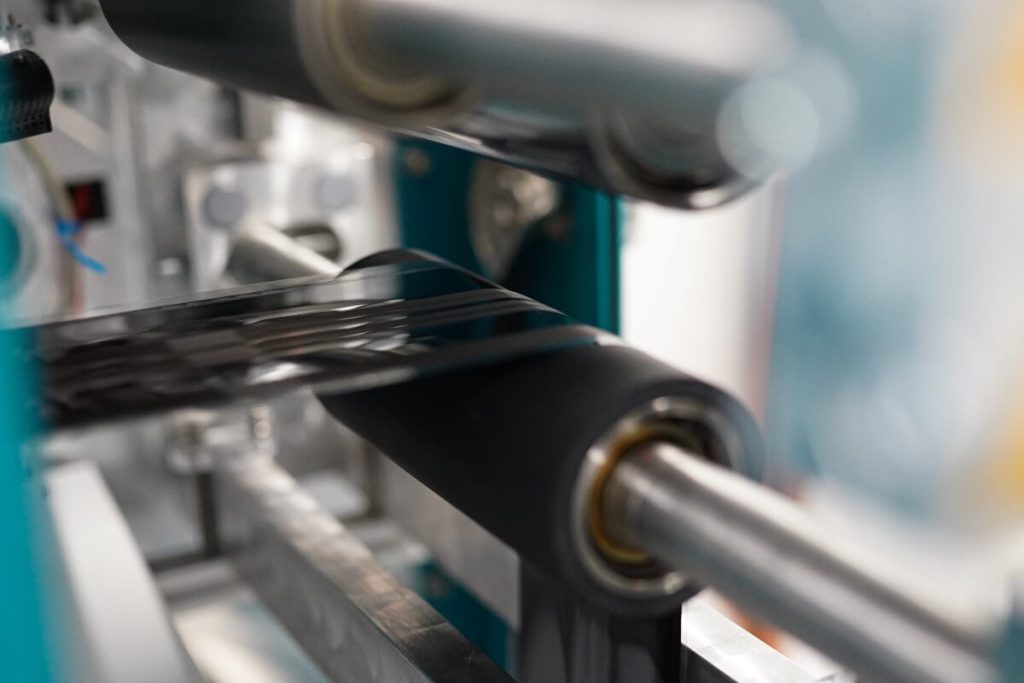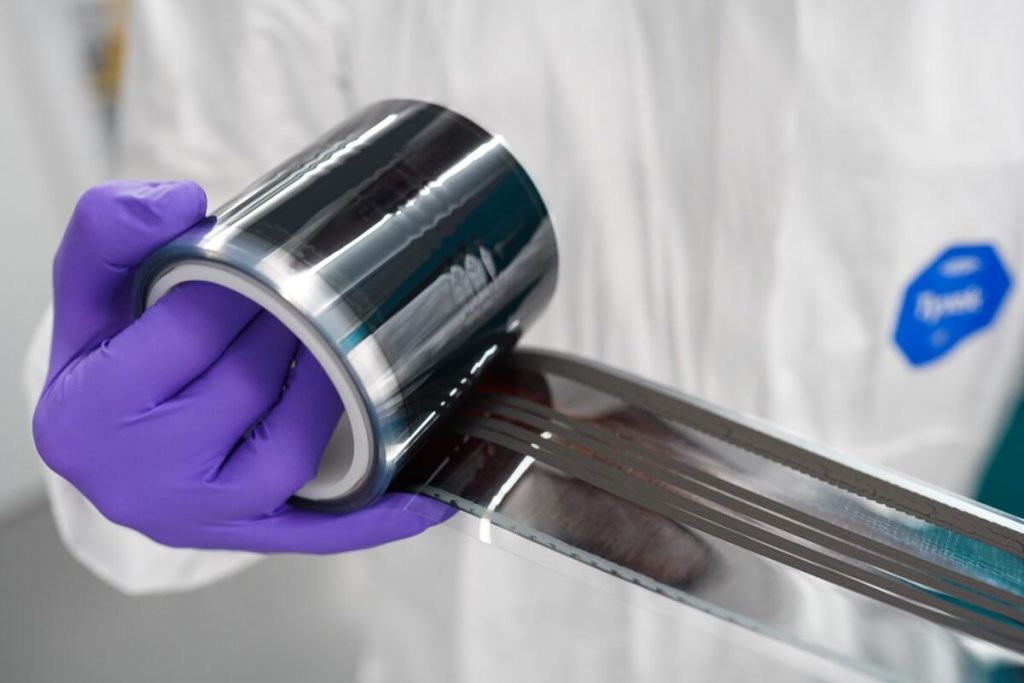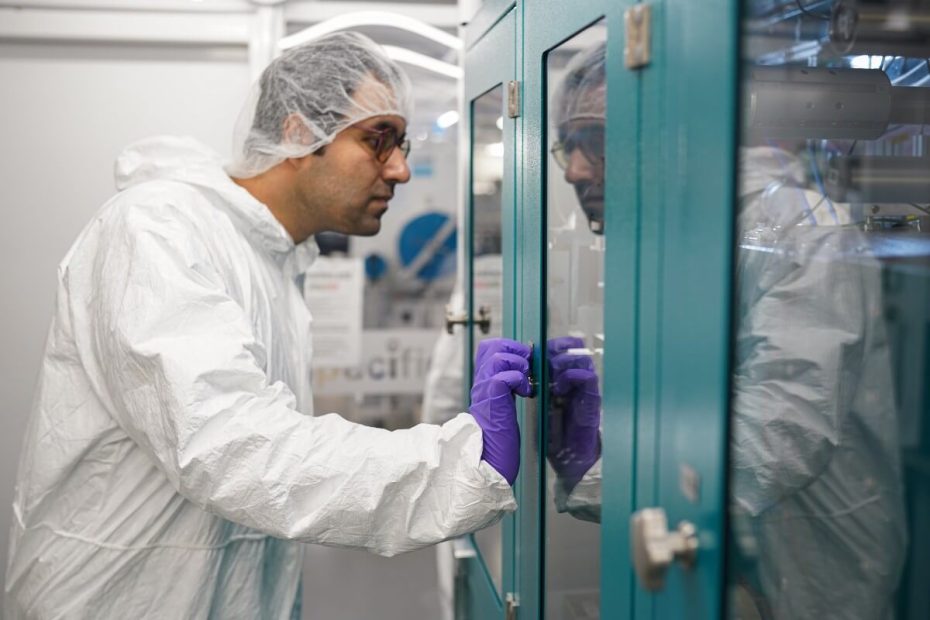In the last year, two papers have reported game-changing advancements in roll-to-roll manufacture of perovskite solar cells.
The first, in early 2023, by Dr David Beynon and the team at SPECIFIC created the world’s first entirely roll-to-roll manufactured perovskite solar cells.
This was closely followed by work at CSIRO, Australia, by Hasitha C. Weerasinghe and colleagues, who made the first completely roll-to-roll printed solar module.
These significant advances brought perovskite PV devices much closer to commercialisation.
In a recent article for Nature Communications, Dr Ershad Parvazian summarised the current position of roll-to-roll printed perovskite PV research.
Why does roll-to-roll manufacture hold so much promise?
In contrast to sheet or batch manufacturing techniques, roll-to-roll manufacture is a continuous manufacturing process. It could enhance throughput and reduce costs, making industrial scale manufacture of printed perovskite PV a realistic possibility.
“As long as your input materials are continuously topped up, roll-to-roll manufacture should continue indefinitely, efficiently producing high-quality, uniform films over large areas.” says Dr Parvazian.
Another key advantage is that the process is compatible with flexible substrates. This brings the possibility of new applications beyond rigid solar panels, such as building-integrated photovoltaics, portable energy supplies and space applications.
The remaining research challenges
Whilst the biggest hurdles for this manufacturing method have been overcome – such as replacing the expensive gold electrode with a carbon one – a few remain.
These focus around three aspects:
- Environmental challenges, primarily the need to find less toxic and more sustainable solvents. This is critical in roll-to-roll manufacture because the process is done in open space rather than the controlled environment of the lab.
- Module design to improve Geometrical Fill Factor (GFF). The GFF is a crucial parameter that affects the overall efficiency of the module. It is defined as the ratio of the active area of the solar cells to the total area of the module.
- Better encapsulation methods to improve long-term stability. Despite the scalability and cost-effectiveness of roll-to-roll techniques, these cells are highly sensitive to moisture, oxygen, heat, and UV light, leading to rapid degradation. Using a thick layer of hydrophobic carbon as the top electrode can protect the perovskite layer, but innovative encapsulation methods are still needed to ensure long-term stability.
The research continues!
Dr Parvazian said “Over the next 3 to 5 years, I and colleagues at Swansea University will be working on a project with Tata Steel to address these issues. We hope to make the final leaps during this time and bring perovskite solar cells towards a real commercial possibility. I am really excited about this work. I believe we are getting close to commercialisation now.”


